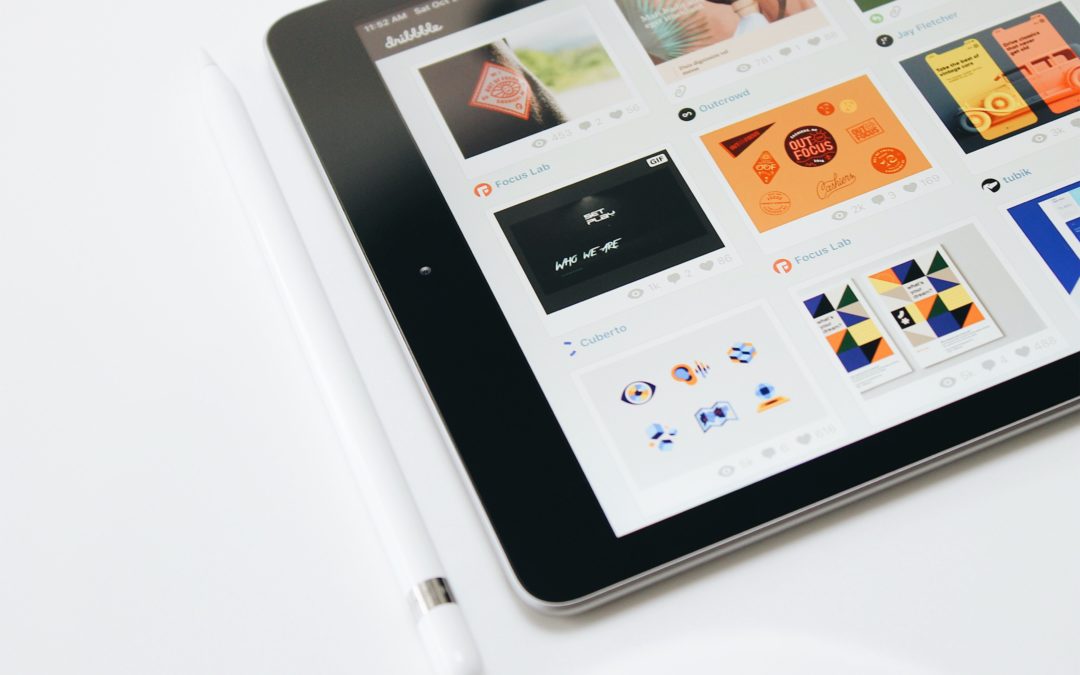If your startup has a blog, odds are you’re already putting a solid effort into establishing your company as an industry thought leader to drive website traffic, fuel social engagement and boost SEO results. In an age where convenience is key, however, your text-heavy blog might be missing a critical element.
It turns out that adding a visual component to your content marketing is backed up by science. As many as 65% of the population are visual learners according to a 1998 study by Mind Tools. Research from MIT revealed that the human brain can process entire images as quickly as 13 milliseconds.
Still not sure you should start turning your written blog content into visuals?
Consider this: 90% of information transmitted to the brain is visual (Hyerle 2000). That leaves a paltry 10% for all the words you put down on the page.
Translation? Including visuals makes your content more memorable, effective and accessible.
Here’s the lowdown on turning your written blog posts into powerful visual content that will help you stay top-of-mind among your target buyers over a longer period of time:
Use Canva
If you don’t know about Canva, you’re in for a treat. Canva is an easy and affordable tool that we use here at Swyft to translate our blog posts into eye-catching visual content. While Canva comes loaded with templates as well as hundreds of fonts and a library of stock photos, it also gives you the freedom to make your own designs. We love Canva so much that we’ve written an article dedicated to Canva best practices — and of course we turned that into a visual content asset. Check our post out here.
Repurposing Posts
Let’s say you’ve had several successful blog posts, lots of shares on social media, maybe even a media placement in an industry vertical news outlet for a guest article. You can capitalize on the SEO value the written post has by creating a visual content asset with the same headline; we strongly recommend condensing your narrative down to the fewest words possible for each main point in the article. Also recommended: Add an additional bullet or two in order to make this version add even more value to your audience.
Clean Design
The brevity, simplicity and even beauty of visual content can translate your narrative-based blog content into a format that is quickly understood and processed by your target audience. Fortunately, Canva makes creating simple, clean designs a snap. Regardless of what graphic design solution you’re using, aim for using effective design elements like pre-designed images that accurately and smartly represent the different bullets of your article. These images should act as anchor images that closely relate to the topic of each unique idea — allowing for a fast, accurate association of image to written content.
Visuals are intended by design to be shorter than written content. Remember the adage “A picture is worth a thousand words”? That means every visual content asset you create from a much longer text-based blog article should be read and comprehended in about 60 seconds or less. It’s advisable to keep each content bullet to as few words as possible (25 – 50 is ideal) without sacrificing the original text-based idea behind it.
Stay on Brand
Turning your written blog content into a visual format is a golden opportunity to improve upon your startup’s brand awareness. That’s why you should stay consistent with your brand identity as defined by your company’s brand guidelines. Make sure your color scheme is on brand, and that your brand personality is consistently captured in tone, style and content theme. Every visual content asset is a chance to deepen your brand’s impression on your target audience and keep you top-of-mind during their customer journey.
Don’t Forget CTA Link
You’ve done it! You took one of your most popular blog posts, explored Canva, and created a show-stopping visual. Now what? Well, you want your target audience (think target prospects, current customers and even influencers) to find that visual. And you want that visual to provide a path back to your website if it’s been shared on LinkedIn or in a news media outlet.
You can do that by adding a short and sweet call-to-action at the bottom of your visual content asset. Since the purpose of creating visual content for your blog is to be of value and encourage sharing, make sure your CTA is not a hard sales pitch. Instead, be brief and light with your ask. Say something like: “Want to drive more traffic to your blog with strong visual content? Learn more here!”
A Word on SEO
Even though creating infographics and visual content assets doesn’t give as many opportunities to boost your search engine rankings, you should still follow best practices for SEO. To do that, upload your visual content asset to your blog as an image, and make sure to include Alt Text. Alt Text helps search engines like Google find relevant images for keyword searches.
Editorial Calendar
Finally, don’t forget to incorporate infographics and visual content assets into your future blog. If you have an editorial calendar meeting weekly or monthly to ideate your future articles, add a column in your planning document to address the visual components of future articles. While not every article you write will translate perfectly into an infographic, you’ll find it far easier to come up with narrative content that is visually appealing by thinking about your topics in a visual way up front and not after the fact.

